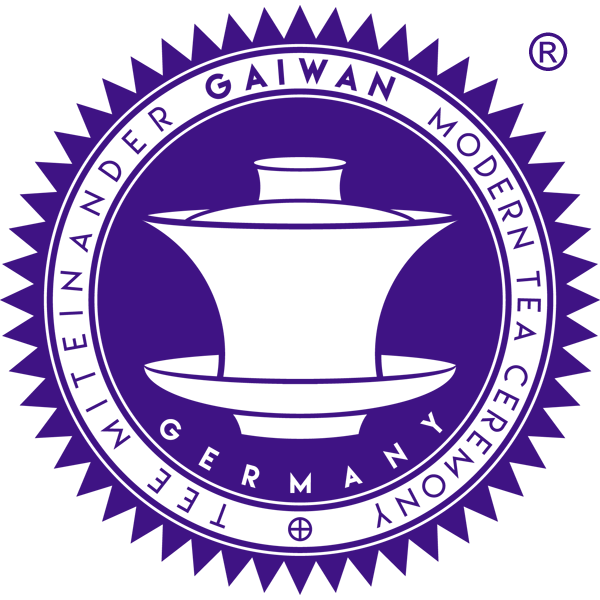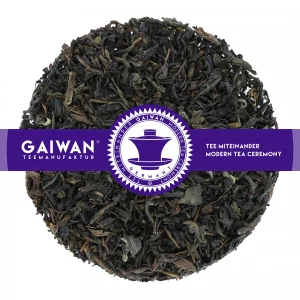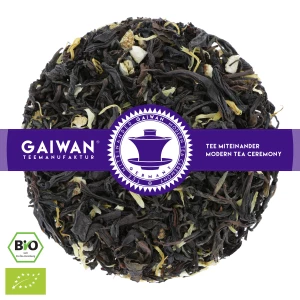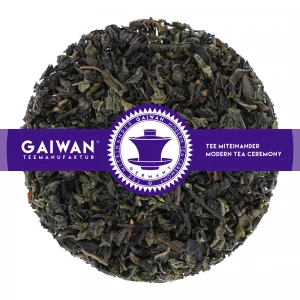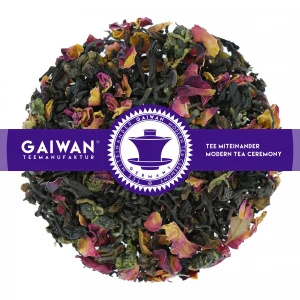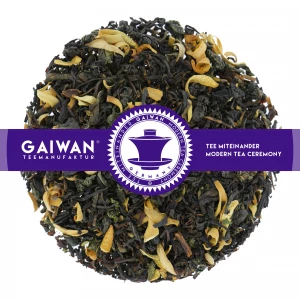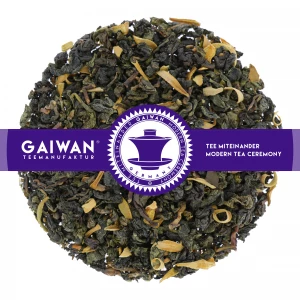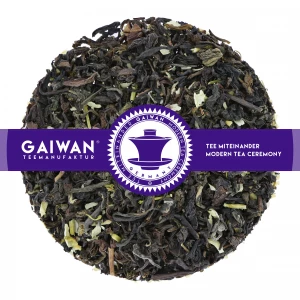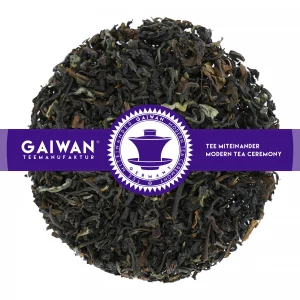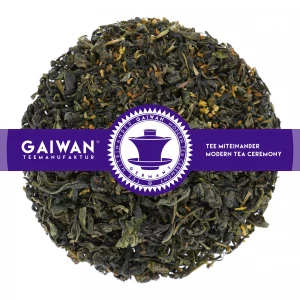What is Oolong Tea?
Once you have started to learn more about tea, tea production and the different varieties, you will soon come across the so-called oolong tea these days. That's why we would like to give you a little insight into what makes this type of tea so unique under our oolong tea selection.
Continue reading:
What Is the Meaning of Oolong?
The Chinese word oolong translates as black dragon. There are several legends surrounding the name of the tea, in which a tea farmer was chased from the field by a black dragon or snake while picking, leaving the tea leaves behind. When he returned a few days later, the leaves had been oxidised by the sun and were completely black. Out of curiosity, he poured himself a tea from these leaves and was delighted by its taste.
Oolong tea is also called semi-fermented tea, as it best describes the process behind it. While green tea is not fermented at all and black tea is fermented completely, the golden balance is strived for in oolong tea. This is also evident in the colour of the leaves, which are on their way to turning black. They sometimes have a brownish or even blueish colour, which is why oolong tea is also sometimes called brown or blue tea.
What is Oolong Tea?
Oolong is a so-called semi-fermented tea. Oolong tea is fermented over a short period of time before it is dried and thus finished. Fermentation is the process of breaking the tea leaves by shaking, turning or rolling them up so that the juices can escape and react with the oxygen. This is also called oxidation. This oxidation has another effect besides the actual flavour development, which can be easily observed in apples, for example - they turn brown. The longer the fermentation process takes place, the darker the leaves become. One speaks of an oolong tea when the fermentation time is between 10 and 70%. No fermentation, or zero to ten percent, refers to green tea, while anything over 70% can already be called black.
Taste of Oolong Tea
The taste of different types of oolong tea can vary greatly. This is due to the duration of fermentation as well as the use of flavourings. Basically, the shorter the fermentation time, the more it tastes like green tea. The longer the fermentation, the more it tastes like black tea. The effect of the tea also depends on the length of fermentation. Oolong tea can taste fresh, flowery and mild, or tart, strong and full-bodied. Just compare our two excellent oolong teas from the island of Formosa (Taiwan). On the one hand we have the Formosa Oolong, which has a round, mild and full-bodied taste, and on the other hand the Formosa Fancy Oolong, which in contrast has a delicately sweet and ethereal taste.
Adding flavourings to the tea leaves during fermentation creates truly unique taste experiences. A good example of this is our Himalayan Rose Petal Oolong. You should definitely try it once.
There are other factors that can influence the taste of oolong tea (and other teas as well). For example, the temperature of the water and the brewing time. Since the tea leaves are partially oxidised, you need 90-100°C hot water to release the polyphenols - the aromatic substances - from the dried leaves. It should also be noted that the tea must be able to rise in the water. Accordingly, a tea egg or bag preparation, for example, are more of a hindrance to the taste. With our large tea glasses with removable strainer and lid, we have an excellent solution for loose tea in our range. The tea can unfold freely in the water and can be brewed several times without any problems, which brings us to the next important factor.
Infuse Oolong Tea Several Times
Oolong tea should be brewed several times for optimal enjoyment. However, the same can be said in principle for many green and black teas. When the tea is boiled with hot water, many experienced tea drinkers recommend letting the tea steep for only one or two minutes at the most. Now remove the strainer and enjoy the first fresh cup. The leaves release just enough aroma to leave a light flavour. Now pour the second cup with the same tea again and let it steep for 1-2 minutes again. The leaves are still stimulated from the first infusion and can now release more aroma. The second cup will taste more intense and full-bodied than the first. Usually, up to three infusions can be made in this way until the tea has reached its peak and loses its intensity again.
Feel free to try out your favourite combination. Take an afternoon and spend time only with your tea. Vary the infusion time, pour the tea several times, play with it until you reach your peak. You will certainly make some interesting observations. Cheers.
